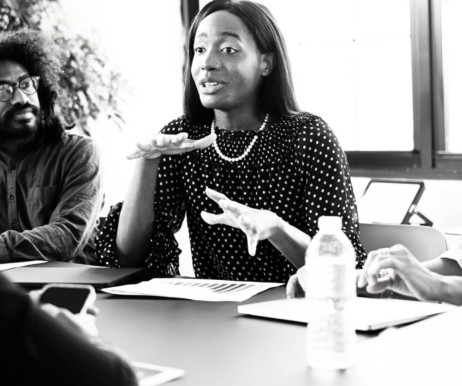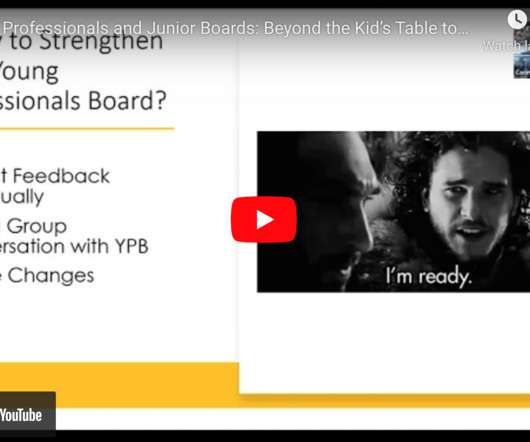Philanthropic collaboratives are finding ways to more effectively measure impact
Candid
MAY 13, 2024
In a 2022 survey, nearly 70% of respondents cited building measurement, evaluation, and learning capabilities as a critical area in which they would like to invest. In our study How Philanthropic Collaboratives Measure, Evaluate, and Learn , we examined three levels of impact: grantees, systems or fields, and donors.












Let's personalize your content